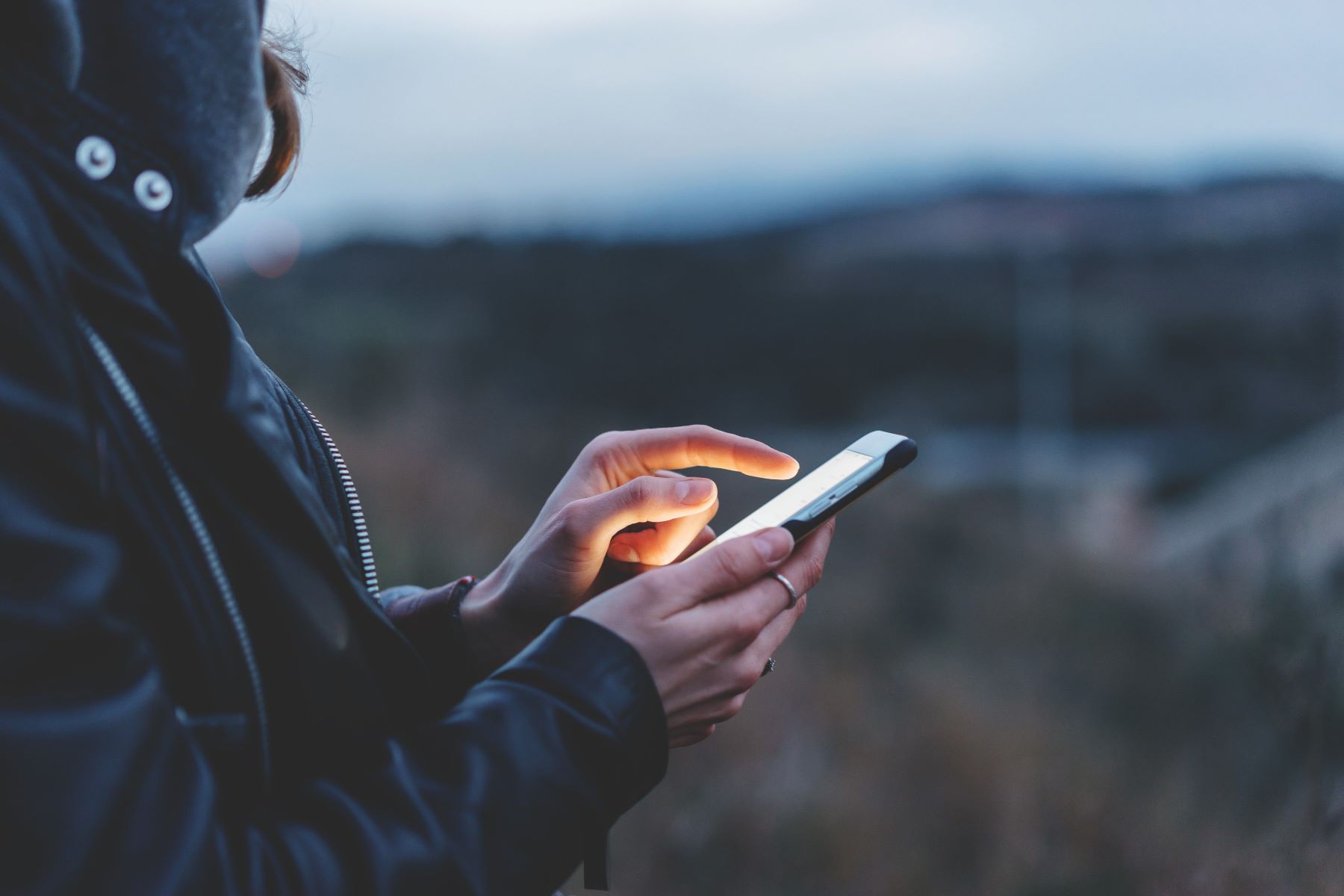
Understanding the Requirements
Before diving into the methods, understanding the requirements for both iPhone and Android devices ensures smooth video transfers.
iPhone Requirements
- iOS Version: Your iPhone must run iOS 10 or later.
- Storage: Ensure at least 1GB of free space.
- Internet Connection: A stable Wi-Fi or cellular data connection is crucial.
- Apps: Install apps like Google Drive, Dropbox, or WeTransfer.
Android Requirements
- Android Version: Your Android device should run Android 5.0 (Lollipop) or later.
- Storage: Ensure enough free space to receive large video files.
- Internet Connection: A reliable Wi-Fi or mobile data connection is necessary.
- Apps: Have apps like Google Drive, Dropbox, or WeTransfer installed.
Methods to Send Long Videos
Using Cloud Storage Solutions
Cloud storage solutions are reliable for sending long videos from an iPhone to an Android device. Here’s how to use iCloud, Google Drive, and Dropbox:
Using iCloud
- Open the Photos App: On your iPhone, open the Photos app.
- Select the Video: Choose the video you want to share.
- Tap the Share Button: Tap the Share button at the bottom of the screen.
- Choose iCloud Link: Select “Copy iCloud Link” from the share options.
- Paste the Link: Paste the generated link into a message or email.
- Share with Recipient: Send the link to the recipient via any messaging app or email service.
Using Google Drive
- Download and Open Google Drive: Download and open the Google Drive app on your iPhone.
- Upload Video: Tap the + button and select “Upload.” Choose the video from your photo library.
- Copy Link: Once uploaded, tap the three dots next to the video and select “Copy link.”
- Share Link: Share this link with anyone you want via any platform.
Using Dropbox
- Install and Open Dropbox: Install and open the Dropbox app on your iPhone.
- Upload Video: Tap the + button and choose “Upload Photos.” Select the video and upload it.
- Create a Link: After uploading, tap the three dots next to the video and choose “Share” then “Create a link.”
- Share Link: Share this link via any platform.
Direct Transfer Methods
While cloud storage is reliable, direct transfer methods like AirDrop and USB transfer can also be used for sending long videos:
Using AirDrop
- Enable Wi-Fi and Bluetooth: Ensure both devices have Wi-Fi and Bluetooth turned on.
- Open Photos App: Open the Photos app on your iPhone.
- Select Video: Choose the video you want to share.
- Tap Share Button: Tap the Share button at the bottom of the screen.
- Choose AirDrop: Select AirDrop from the share options.
- Select Recipient Device: Select the receiving device from the list of available devices.
- Accept Transfer: The recipient will need to accept the transfer request.
Using USB Transfer
- Connect iPhone to Computer: Connect your iPhone to a computer using a USB cable.
- Open iTunes or Finder: Open iTunes if you're using a Mac with macOS Mojave or earlier, or Finder if you're using macOS Catalina or later.
- Select Device: Select your device from the list in iTunes or Finder.
- Go to File Sharing Section: Go to the File Sharing section in iTunes or Finder.
- Drag and Drop Video File: Drag and drop the video file into the appropriate app folder.
- Access Video on Computer: Access the video on your computer and share it as needed.
Troubleshooting Tips
Sending long videos from an iPhone to an Android device can be tricky, and several issues might arise during the process. Here are some common problems and their solutions:
File Size Limits
Most messaging apps have limits on the size of files that can be sent directly. To fix this, use cloud services like Google Drive or Dropbox. Upload the video to the cloud, then share the link with the Android user.
Compatibility Issues
iPhones use the MOV format, which some Android devices may not support. To avoid compatibility issues, convert the video to MP4 using a video converter app before sending.
Slow Transfer Speeds
Slow transfer speeds can be frustrating, especially when dealing with large files. Ensure both devices have a strong Wi-Fi connection to speed up the process. If email is your method, remember most email services have attachment size limits. Instead, use a file-sharing service.
Storage Space Issues
Lack of space on either device can prevent the transfer from completing. Clear some space if needed by deleting unnecessary files or moving them to cloud storage.
Keeping Your Data Safe
When sending long videos from an iPhone to an Android device, security and privacy are crucial. Here are some tips to keep your data safe:
Encrypted Transfers
Using apps like Google Drive or Dropbox ensures encrypted transfers, keeping your data safe. Always password-protect shared links to prevent unauthorized access.
Secure Network
Avoid public Wi-Fi when transferring files; use a secure network instead. Public Wi-Fi networks are often unsecured and can pose significant security risks.
Regular Updates
Regularly update apps to benefit from the latest security patches. Be cautious with permissions; only grant access to trusted apps.
VPN Usage
For added privacy, consider using a VPN during transfers. This will encrypt your internet traffic and protect your data from interception.
Deleting Shared Files
Once the transfer is complete, delete shared files from cloud storage to minimize data exposure.
Sending long videos from an iPhone to an Android device requires careful planning and the right tools. By understanding the requirements for both devices and using cloud storage solutions like iCloud, Google Drive, or Dropbox, you can ensure smooth and efficient sharing of high-resolution videos. Direct transfer methods like AirDrop and USB transfer can also be used but may have limitations such as file size restrictions and compatibility issues. Always prioritize security by using encrypted transfers and protecting shared links with passwords. With these methods and tips, you'll be able to send long videos seamlessly between your iPhone and Android devices.
